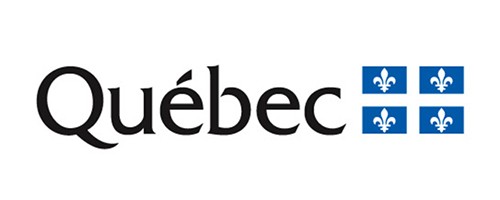Highlights
- Non-residential investments totalled $490.5 million in the Québec City census metropolitan area (CMA) in the first six months of 2015, down 15.3% from the exceptional level of 2014.
- The average figure for the first six months of the year (for the period 2011-2015) was $495.3 million.
- Capital expenditures were up 9.6% in the industrial sector, although they fell by 18.4% in the commercial sector and 12.5% in the institutional sector.
- In the province of Quebec, non-residential investments totalled $4.9 billion in the first six months of 2015, for an annual decrease of 6.7%.
Commentary
The industrial sector turned in a strong performance between January and June as capital expenditures reached $47.1 million, an annual rise of 9.6%. The increase in new orders, combined with opportunities associated with the expansion of St-Augustin industrial park and the completion of Espace d’Innovation Michelet, helped to stimulate investment projects.
The commercial sector recorded an 18.4% drop as investments totalled $361.2 million in the first half of the year. The completion of various major projects (Costco, Latulippe, etc.) and various closure announcements also kept expenditures down. In contrast, the second half should be more active thanks to the modernization of major shopping centres and the arrival of new retailers.
In the institutional market, $82.3 million was invested in the first six months, for an annual drop of 12.5%. The completion of the Videotron Centre project may account for this decrease. Still, the varied needs that characterize this market (office space, laboratories, studios, airport infrastructure, etc.) should stimulate expenditures in the second half of the year.
The first-half performance confirms our expectations, while current economic conditions mean that this year's performance is unlikely to be as stellar as last year's. However, thanks to the diversity of non-residential projects, investments in Quebec City could rise in the second half, resulting in total expenditures of nearly $1 billion for the year.
Louis Gagnon
Senior Economist
Québec International



